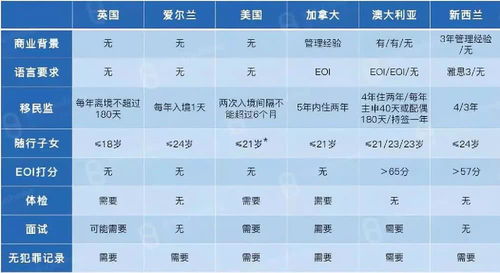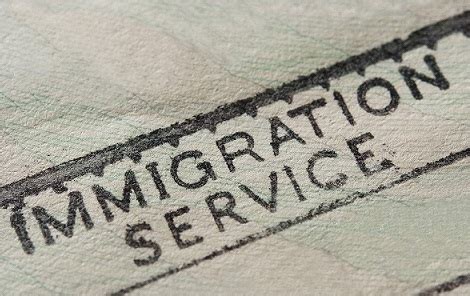Title: Understanding National Immigration Management
National immigration management refers to the governance and regulation of the movement of individuals into and out of a country. It encompasses a broad range of policies, procedures, and practices aimed at managing the entry, stay, and rights of immigrants, as well as addressing associated social, economic, and security concerns. This article delves into the key aspects of national immigration management and its significance in contemporary societies.
1. Policy Framework:

National immigration management is guided by a country's immigration policies, which are formulated to serve various objectives such as economic growth, cultural diversity, national security, and humanitarian considerations. These policies dictate who can enter the country, under what conditions, and for how long. They may include visa regulations, border controls, refugee resettlement programs, and pathways to citizenship.
2. Visa and Entry Procedures:
Visas are essential instruments in controlling immigration flows. They come in different types, such as tourist visas, student visas, work visas, and permanent resident visas, each tailored to specific purposes and durations of stay. Entry procedures typically involve screening applicants for eligibility, security risks, and compliance with immigration laws. This may include background checks, interviews, and biometric data collection.
3. Integration and Settlement:
Successful immigration management extends beyond entry control to ensuring the smooth integration and settlement of immigrants into society. Integration efforts may include language training, cultural orientation, employment support, and access to social services. Adequate settlement policies contribute to social cohesion, economic productivity, and the overall wellbeing of both immigrants and host communities.
4. Enforcement and Border Security:
Effective immigration management requires robust enforcement mechanisms to prevent illegal entry, combat human trafficking, and address security threats. This involves the deployment of border patrols, surveillance technologies, and cooperation with international law enforcement agencies. Border security measures aim to maintain the integrity of national borders while facilitating legitimate travel and trade.
5. Refugee and Asylum Policies:
Countries develop specific policies and procedures to address the needs of refugees and asylum seekers fleeing persecution, conflict, or natural disasters. This includes providing temporary protection, processing asylum claims, and offering resettlement opportunities. Refugee and asylum policies reflect a commitment to international humanitarian principles and obligations under refugee conventions.
6. Economic Considerations:
Immigration management is often influenced by economic factors, including labor market needs, skill shortages, and demographic trends. Countries may implement immigration programs to attract highskilled workers, entrepreneurs, and investors who contribute to economic growth and innovation. Balancing economic interests with social cohesion and labor market dynamics is a key challenge for policymakers.
7. Multilateral Cooperation:
Given the transnational nature of migration, effective immigration management often requires cooperation and coordination among countries at regional and international levels. Bilateral and multilateral agreements facilitate information sharing, joint border management, and harmonization of immigration policies. Platforms such as the United Nations and regional organizations play a vital role in promoting dialogue and collaboration on migration issues.
Conclusion:
National immigration management is a complex and multifaceted endeavor that encompasses legal, administrative, social, and economic dimensions. By adopting comprehensive and inclusive approaches, countries can harness the benefits of immigration while addressing its challenges. A balanced and pragmatic approach to immigration management is essential for fostering prosperity, diversity, and stability in an increasingly interconnected world.








